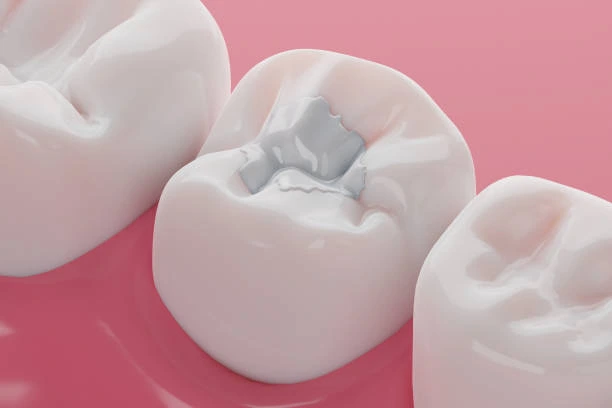Dental Filling
Dental Filling In Dwarka
Dental fillings will definitely fill all the gaps between teeth. One of the most famous uses of fillings between teeth is to fill an area of a certain part. Cavity fillings are an easy way to repair cracked and broken teeth. Dental filling treatment will be the most successful treatment to fill the gap and repair tooth problems.


What Are Dental Fillings?
Dental fillings are restorative treatments that address decayed or mildly damaged teeth. The procedure includes: excising the decayed section, and filling the cavity with… a durable, tooth colored material. Dental fillings are an effective way of controlling the spread of cavities and extensive future dental work, serving to restore the function and aesthetics of the teeth.
Benefits of Dental Fillings
In today’s age, dental fillings come with a plethora of advancements and benefits that help patients keep their mouth healthy. Not only do fillings prevent decay, but they also help in maintaining the structure of the original tooth. Our composite fillings are color-matched to the surrounding teeth, making them virtually invisible and preserving the aesthetics of your grin. Moreover, fillings are effective in minimizing sensitivity and further damage to weakened teeth.
- Stop Tooth Decay – Put a stop to cavity development straight away
- Preserve Tooth Structure – Affected enamel is removed to the least extent possible
- Natural Appearance – Options that blend seamlessly are available
- Restore Function – Usual chewing capability is restored
- Prevent Sensitivity – Dentin that is exposed and sensitive is shielded
- Cost-Effective – Filling cavities at a lower price is possible





